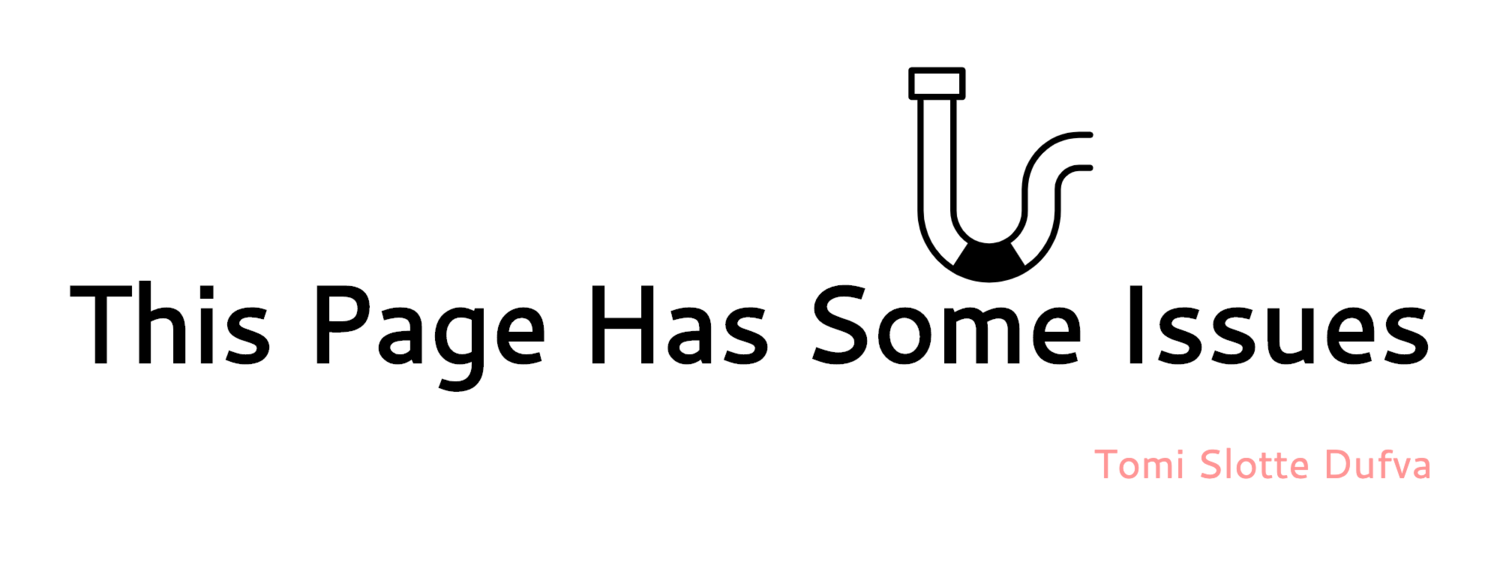FRACTALNOIA
- 11 datasets you cannot believe just happened.
The collection of data is increasing exponentially and it is more and more available to the general public as private databases are opened up. This Big Data holds promises of new insights, unparalleled innovation, even articifical intelligence. However, the ubiquity and availability of data connected to our human desire to see patterns where none exist means that humans have to deal with increasing amounts of meaningless data analysis, "fact-based" conspiracy theories and click-bait infographics. As the data is all digital, it morphs easily into whatever we want, releases itself from the context and appears on fashionable graphs that may look nice, but carry no meaning.
In our installation, we want to show how arbitrary and easy it is to make "data analysis", deduce causations from correlations and combine different datasets. In addition, we want to give the audience a physical feeling of the datasets, although it is inherently false, to further point out how the context of the dataset can be chosen. The audience gets to manipulate the data by placing everyday physical objects, such as fruit, to a table. The objects present different datasets and graphs are created based these datasets. We thus combine a primitive action of moving common objects to the digital world of information technology and project the resulting graphs for the audience to see. By being able to literally grasp the data and create any type of combination of the datasets, the audience gets to experience both the ease and complexity of drawing meaning from data.
